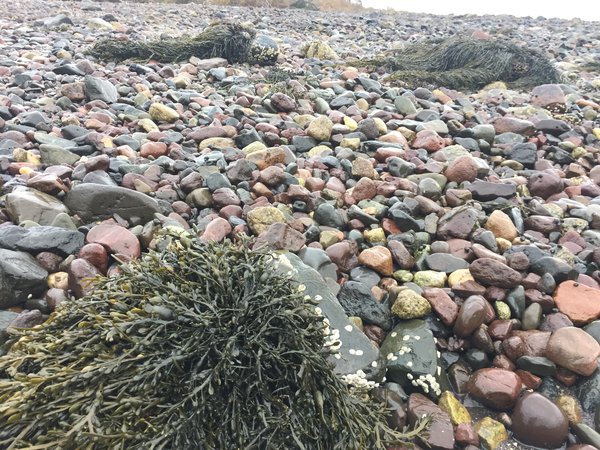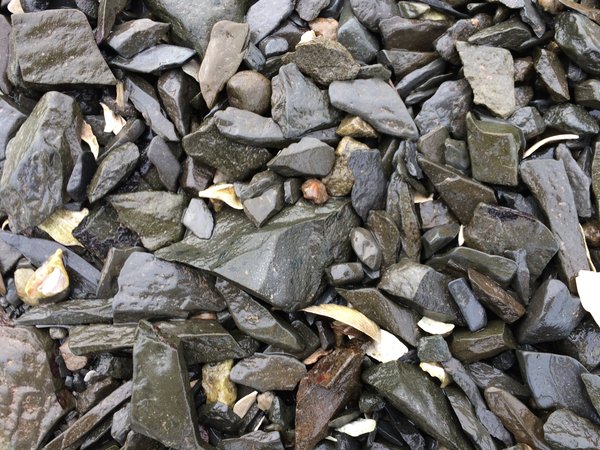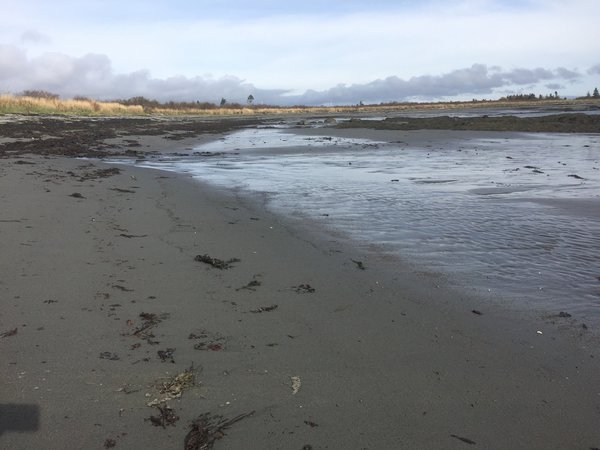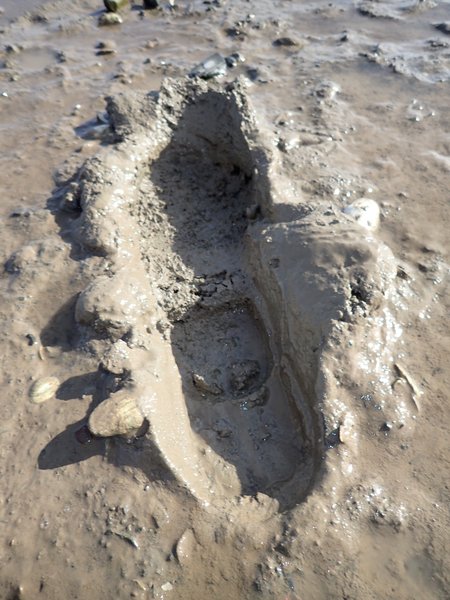Choosing an Aquarium Substrate for your Tank
As a supplier of Atlantic marine specimens, we often get asked by customers how to go about starting up a new cold water aquarium. Like any building project, work begins at the bottom for most folks. Think tank, substrate, water, and organisms.
Luckily over the years we have helped many high schools, universities, labs, and small aquariums get tanks up and running and so we have helped establish and troubleshoot hundreds of tanks from the tiniest day-care center touch-tank to large commercial aquariums across the country. This is not rocket-science for sure.
Choosing a substrate
Customers often ask us how to choose a substrate for their new cold water aquarium. For me, it just comes down to personal preference mixed in with some knowledge of the kinds of organisms one hopes to populate the tank with once running.





At GOM, we offer several products to put down on the bottom of a tank and customers often will order a mix of materials. Our "Cobbly Seabed" is the most popular. With a mix of small and larger beach-washed stones, it offers a mixed habitat that works well for crustaceans, worms, fish, and some molluscs. Fractured shale with its dark color makes a nice dark contrast to bring out the color of anemones, sponges, and tunicates but since it settles onto the bottom so densely it does not offer as many interstitial nooks and crannies as the cobble. The color of the shale is often mixed in with tiny bits of colorful white and blue clam and mussel shells that also provide a nice bit of color.
accounting for burrowing organisms
For customers who are wanting to have burrowing type animals such as annelid worms, clams, sea cucumbers, and some anemones like the northern cerianthids - a salt/sand mud is ideal. It takes a bit longer for the sediment to settle and the tank water to clear, but then it's ideal for these type organisms. It's a joy to see the sea life happily burrowed into their new homes with siphons out and tentacles waving back and forth in the current. Sometimes a fine sand also will work well for burrowing specimens. We have had clients split their tank 50:50 with cobble and sand providing a nice area for a bed of sand dollars as well as other organisms.
Collect it yourself
For those wanting to collect their own tank substrate DIY style, a trip to any local beach with a strong bucket will yield a variety of options. It is best to bring smaller pails as this stuff is HEAVY. Take a walk around the beach area first to scout out options for substrates before you start gathering up what you think you'd like to take home. Though it does seem like you will need to scoop up lots of material this is not always the case. We like to put a good solid 2-3" of material in the bottom of our aquaria, but even in a 50-gallon setup - this is not really much more than a solid 5-gallon pail. 3 smaller pails each filled a third will take care of your needs.
Preparing your DIY substrate
Back at home with your beach sand or rocks, you will want to rinse out any organic debris that is mixed in with the material. This is easy to do with a garden hose. Place small amounts into a small dishwashing tub or pail, put the garden hose into the bottom of the container and turn on the water. As the container fills, mix it around with your free hand and you will see bits of grass, bark, leaves, shells, mud, and other fine particles come up into suspension. If mixed continuously, this crud will flow up and out of the pail, leaving the good rocks and sand below. Continue until you feel that your substrate is sufficiently clean and then repeat with the next lot(s) until finished. Soon you will have a nice supply of cleaned beach bottom to place in your tank as needed!
Get creative
Filling your aquarium with a substrate is totally up to your own artistic style. Mix in large and smaller stones, sand, cobble, silt and create the look that you want. Once you are satisfied it's now time to fill with seawater!
Thanks for reading,
Tidepool Tim














